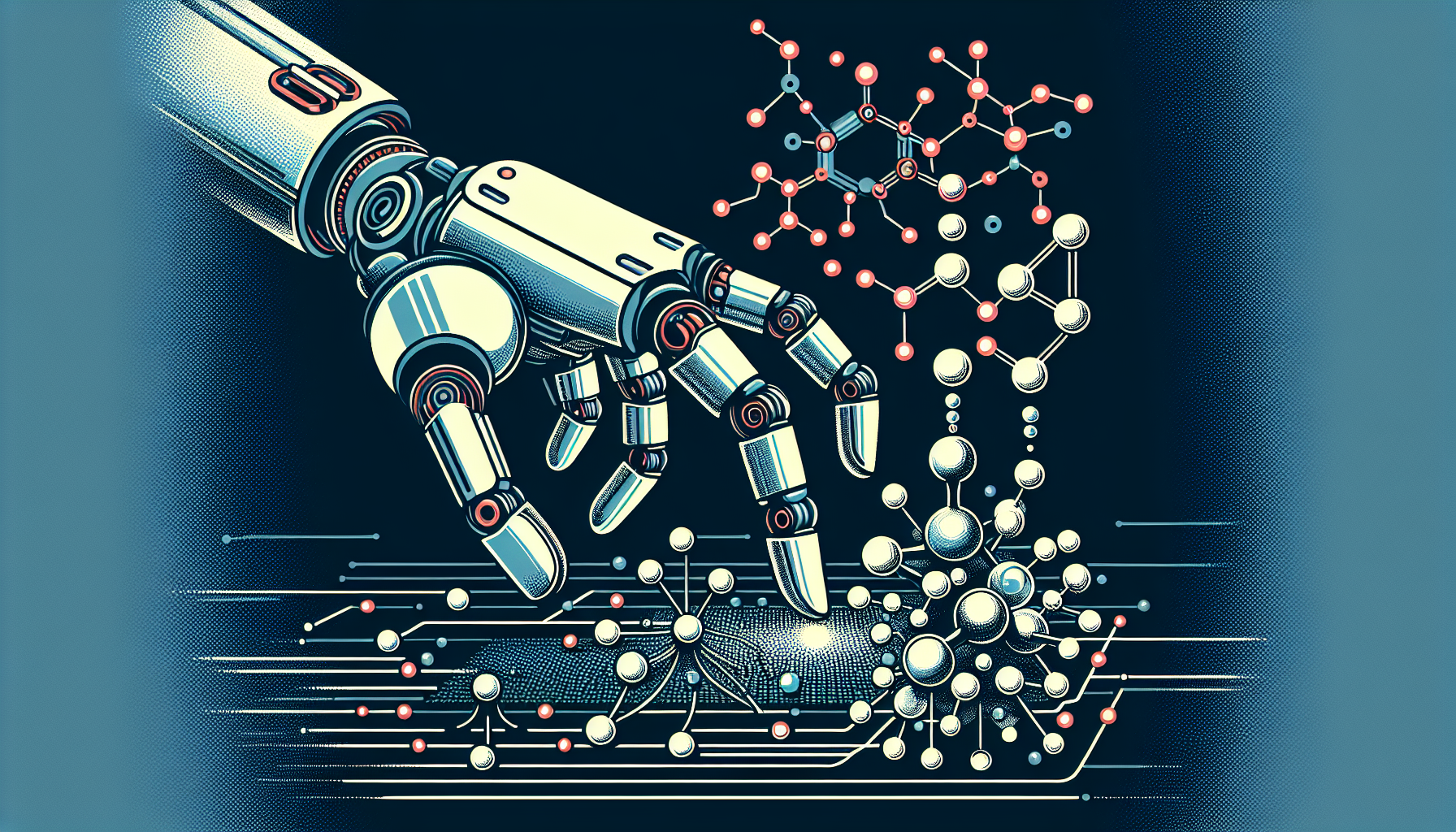In a remarkable initiative at the Graz University of Technology, researchers are crafting a cutting-edge autonomous artificial intelligence (AI) system to create complex nanostructures with unmatched precision and efficiency. Spearheaded by Oliver Hofmann from the Institute of Solid State Physics, this ambitious project seeks to transform nanotechnology using self-learning AI to accurately and swiftly position individual molecules on surfaces.
The Need for Autonomous Nanostructure Assembly
Traditional methods of assembling nanostructures often require manual intervention, employing tools like scanning tunneling microscopes (STM) to observe and maneuver molecules at the atomic level. However, these conventional processes are cumbersome and labor-intensive, with each manipulation taking several minutes per molecule. This makes constructing elaborate structures highly time-consuming. The integration of AI addresses these challenges by automating the molecule positioning process, dramatically increasing both speed and precision.
Role of Scanning Tunneling Microscopes
Central to this effort is the scanning tunneling microscope. The STM’s probe tip emits electrical signals to deposit individual molecules on a material’s surface. While this method is known for its precision, it is painstakingly slow when executed manually. By computerizing STM control and applying machine learning algorithms, researchers aim to automate and accelerate this process. The AI algorithms develop an optimal strategy to construct the desired structures, ensuring a method that is both efficient and reliable. Self-learning AI then guides the probe tip to place molecules precisely as planned, showcasing a significant advancement in nanoscale construction.
Addressing Probabilistic Challenges
A key challenge in this project is dealing with the probabilistic nature of molecular alignment. Despite advanced technologies, factors beyond immediate control can impact the successful positioning of molecules. To tackle this, researchers incorporate conditional probabilities into the AI framework. This addition ensures the system maintains reliability, even amid unpredictable outcomes, thereby reinforcing the technology’s resilience and robustness.
Quantum Corrals: The Ultimate Goal
The team’s ultimate pursuit is the creation of groundbreaking nanostructures known as quantum corrals. Resembling gates, these structures have the unique ability to capture electrons and harness their wave-like characteristics to generate quantum-mechanical interferences. Traditionally formed from single atoms, the researchers aim to innovate by using more complex molecules. This evolution is expected to not only broaden the diversity of quantum corrals but also expand their applicability and impact at the molecular level. Potential applications for these quantum corrals include advancements in quantum computing and information processing, promising to redefine technological limitations.
Interdisciplinary Collaboration
The project’s success hinges on a multidisciplinary collaboration, meshing expertise from AI, mathematics, physics, and chemistry. Bettina Könighofer from the Institute of Information Security is tasked with developing the machine learning model, ensuring the self-learning system constructs nanostructures precisely. Jussi Behrndt from the Institute of Applied Mathematics focuses on defining the fundamental properties of these structures theoretically, while Markus Aichhorn from the Institute of Theoretical Physics transforms these predictions into practical applications. Meanwhile, Leonhard Grill from the Institute of Chemistry at the University of Graz leads the experimental efforts involving the STM, ensuring real-world applicability.
Funding and Significance
This pioneering work has received substantial support, with funding of 1.19 million euros from the Austrian Science Fund, underscoring its importance in the scientific realm. Integrating AI into nanotechnology promises to not only elevate the efficiency of nanostructure construction but also enhance their complexity and sophistication. As researchers advance in their journey, they are setting the stage for new paths in materials science and envisioning novel possibilities in molecular interactions.
In conclusion, the development of an autonomous AI assistant for constructing nanostructures signals a significant leap in nanotechnology. By automating the meticulous positioning of molecules and addressing the inherent probabilistic challenges, researchers are charting the path for the creation of elaborate nanostructures with exceptional precision and efficiency. This innovation holds the potential to revolutionize fields such as quantum computing and materials science, unveiling new horizons for technological progress and scientific exploration.

Leave a Reply